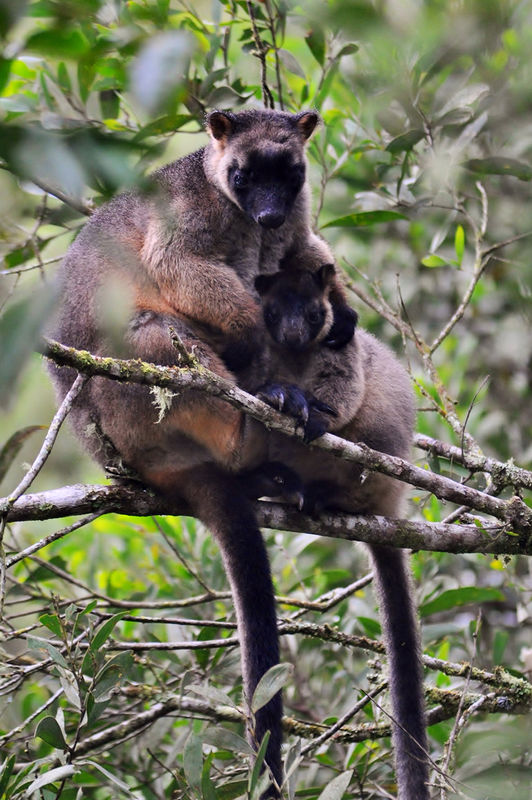Freemans Forest Nature Refuge occupies a critical position ajoing the Lake Eacham section of Crater Lakes National Park on the Atherton Tablelands in Far North Queensland. For many years the local communityn on the Tablelands has been trying bto create a wildlife corridor joining the totally isolated Curtain Fig National Park with Lake Eacham. The corridor is a thin strip of remnant and replanted rainforest balong Peterson Creek. The challenge was to joing Peterson Creek to the Lake Eacham rainforest. The late Ian Freeman came to the rescue purchasing the largely cleared land the would complete the link. With the assistance of the lcommunity tree planting group TREAT, Iam laboured for many years to replant the rainforest on his land. Ian was cruelly taken from us before completing his mission, but he very generously bequeathed the property to South Endeavour. We now act as custodians of this great gift. Replanting of the rainforest on Freemans Forest was completed in 2017. |
By 2020 these latest plantings will have achieved canopy closure, complementingn the very large area of restored rainforest on the property that is already providing vital habitat to a wide range of birds, mammals and reptiles. A wildlife monitoring network has now been established on the Reserve to monitor the recolonisation of the rainforest. Work is also prograssing on conncetivity initiatives across Lake Eacham Road while TREAT is continuing to work along the length of Peterson Creek to broaden and improve the ecological functionality of the corridor. Three of these are listed as near threatened. The forest is also prime breeding habitat for Lumholtz’s Tree-kangaroo, itself another listed species. Other species restricted to these higher altitude forests include the Atherton Antechinus and the Masked White-tailed Rat. With respect to bird life, the forest supports thirteen species endemic to Queensland’s Wet Tropics: Lesser Sooty Owl, Mountain Thornbill, Fernwren, Atherton Scrubwren, Bridled Honeyeater, Macleay’s Honeyeater, Chowchilla, Bower’s Shrike-thrush, Victoria’s Riflebird, Golden Bowerbird, Toothbilled Bowerbird, Grey-headed Robin and Pied Monarch. Six of these are restricted to the higher altitudes. |  Lumholtz’s Tree-kangaroo Lumholtz’s Tree-kangaroo
|



